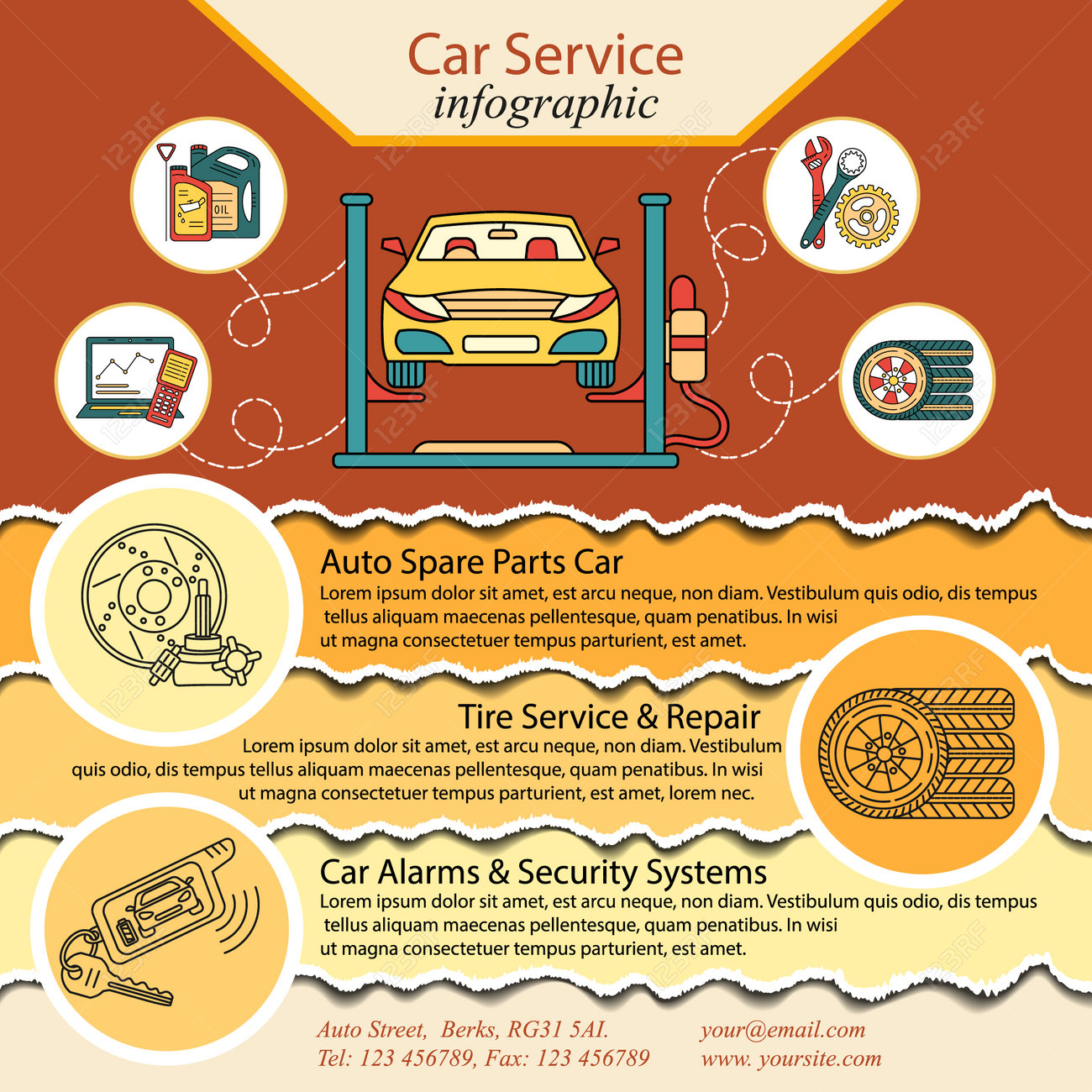Decoding Your Car'S Warning Indicators: What They Genuinely Indicate
Decoding Your Car'S Warning Indicators: What They Genuinely Indicate
Blog Article
Authored By-Vinson Torres
When you lag the wheel, those glowing warning lights on your dashboard can be a little bit difficult. Do you understand what they're trying to inform you regarding your cars and truck's health? Understanding engine bay cleaning near me of these lights is crucial for your security and the long life of your automobile. So, the next time among those lights turns up, wouldn't you wish to decode its message properly and take the required actions to address it?
Common Warning Lights and Interpretations
Recognize typical caution lights in your automobile and understand their meanings to guarantee risk-free driving.
One of the most regular warning lights include the check engine light, which signals problems with the engine or exhausts system. If car scratch repair auckland comes on, it's crucial to have your lorry examined promptly.
The oil stress alerting light indicates low oil stress, requiring instant focus to avoid engine damages.
A blinking battery light could recommend a defective billing system, potentially leaving you stranded otherwise attended to.
The tire stress tracking system (TPMS) light alerts you to low tire stress, impacting vehicle stability and gas effectiveness. Disregarding this might cause unsafe driving conditions.
The abdominal muscle light indicates a problem with the anti-lock stopping system, endangering your ability to stop swiftly in emergency situations.
Finally, the coolant temperature level advising light warns of engine getting too hot, which can lead to extreme damage otherwise settled promptly.
Understanding these common caution lights will certainly assist you resolve problems quickly and preserve secure driving conditions.
Significance of Prompt Attention
Recognizing the typical caution lights in your cars and truck is only the first step; the value of without delay dealing with these cautions can't be emphasized sufficient to guarantee your safety on the road.
When a caution light illuminates on your dashboard, it's your car's method of connecting a prospective concern that requires interest. Ignoring these warnings can bring about a lot more serious troubles down the road, endangering your safety and potentially costing you more in repairs.
Motivate interest to warning lights can avoid breakdowns and crashes. As an example, a flashing check engine light can show a misfire that, if left unattended, could cause damage to the catalytic converter. Addressing this promptly can save you from a pricey repair.
In a similar way, a brake system alerting light might signify low brake liquid or worn brake pads, vital components for your safety when driving.
DIY Troubleshooting Tips
If you notice a warning light on your dashboard, there are a couple of DIY repairing tips you can attempt before seeking professional aid.
The very first step is to consult your car's handbook to understand what the particular caution light suggests. In some cases the issue can be as simple as a loosened gas cap activating the check engine light. Tightening the gas cap might deal with the problem.
https://brakes-plus95162.bloggerbags.com/37347370/how-to-choose-the-right-car-explaining-service-for-your-demands is a reduced battery, which can set off different advising lights. Examining the battery connections for rust and guaranteeing they're safe could repair the trouble.
If a caution light persists, you can try resetting it by disconnecting the car's battery for a couple of minutes and after that reconnecting it. Furthermore, inspecting your vehicle's liquid levels, such as oil, coolant, and brake fluid, can assist troubleshoot advising lights associated with these systems.
auto salon
In conclusion, recognizing your vehicle's warning lights is important for maintaining your vehicle running smoothly and safely. By quickly addressing these alerts and understanding what they imply, you can stay clear of costly repair services and prospective break downs.
Remember to consult your cars and truck's guidebook for specific information on each cautioning light and act appropriately to make sure a trouble-free driving experience.
Keep notified, stay safe when driving!
